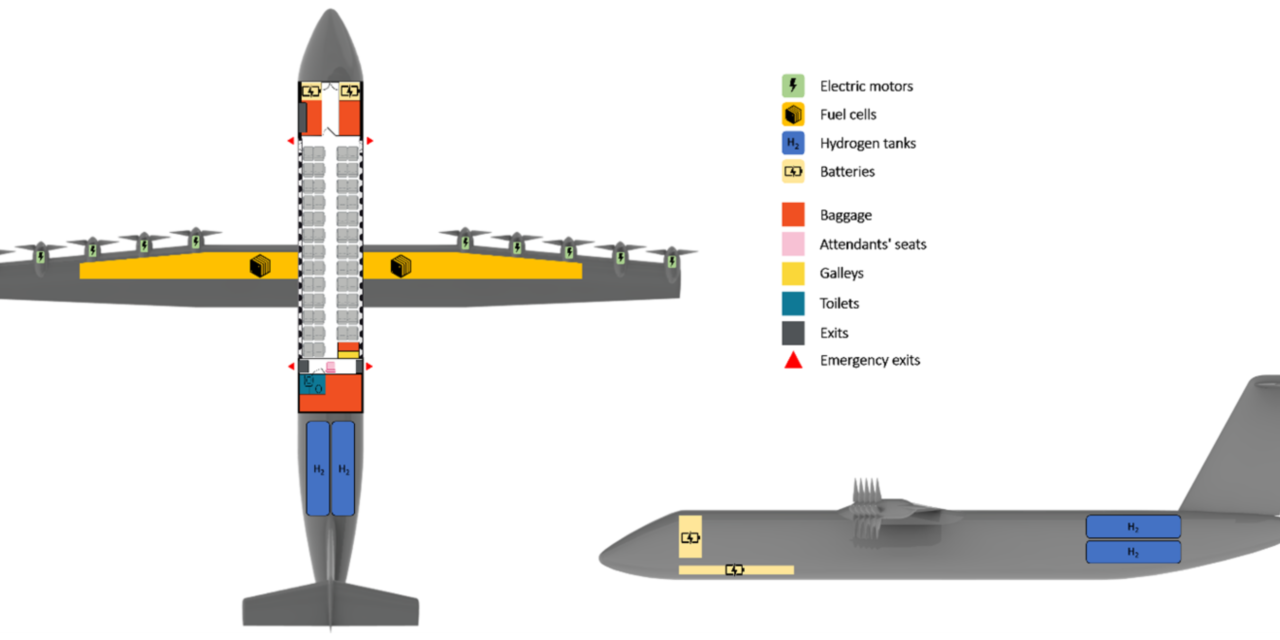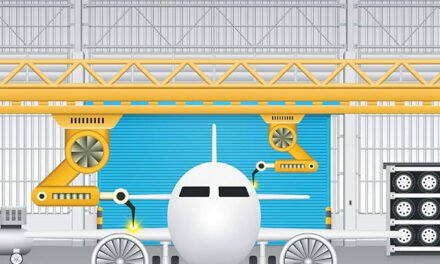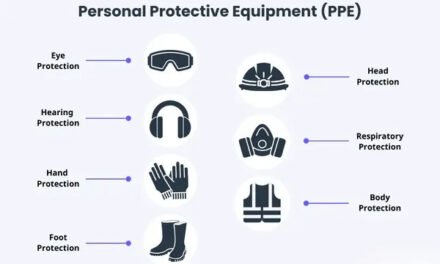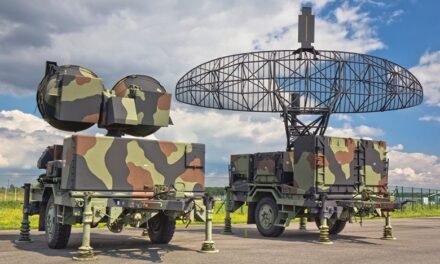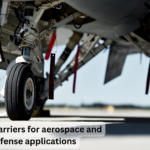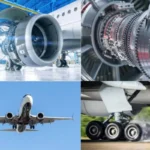Battery technology plays a critical role in enabling and advancing electric and hybrid-electric aircraft by serving as the primary or supplementary energy storage system. Its performance directly impacts the feasibility, efficiency, and scalability of these aircraft. Here’s an overview of its contributions:
1. Primary Energy Source for Electric Aircraft
- Energy Storage: Batteries are the sole source of power for fully electric aircraft, converting stored chemical energy into electricity to drive electric motors.
- Lightweight Propulsion: Electric motors powered by batteries are typically lighter, simpler, and more reliable than traditional internal combustion engines, which is crucial for optimizing aircraft efficiency.
2. Auxiliary Power in Hybrid-Electric Systems
- Boosting Efficiency: In hybrid-electric aircraft, batteries supplement traditional engines during high-demand phases of flight, such as takeoff and climb, reducing fuel consumption and emissions.
- Energy Recovery: Batteries store energy recovered from regenerative braking during descent, enhancing overall system efficiency.
- Reduced Engine Sizing: Batteries enable smaller, more efficient engines by handling peak power demands, reducing the weight and fuel consumption of traditional propulsion systems.
3. Enabling Short-Haul and Regional Aviation
- Feasibility of Electric Propulsion: Battery technology makes short-haul and regional electric flights possible by providing sufficient energy density for shorter routes.
- Lower Operational Costs: Electric aircraft powered by batteries have fewer moving parts, leading to reduced maintenance costs and lower operational expenses.
4. Range and Payload Limitations
- Energy Density Challenges: Current battery technologies (e.g., lithium-ion) have limited energy density compared to traditional aviation fuels, constraining the range and payload capacity of electric aircraft.
- Weight Considerations: Batteries add significant weight, requiring advanced lightweight materials and efficient aircraft designs to maximize performance.
5. Supporting Sustainability Goals
- Decarbonization: Electric and hybrid-electric aircraft contribute to reduced greenhouse gas emissions, aligning with aviation industry targets for sustainability.
- Integration with Renewable Energy: Batteries enable integration with renewable energy sources for charging, further reducing the carbon footprint of electric aviation.
6. Driving Innovations in Battery Technology
- Solid-State Batteries: Higher energy density, improved safety, and longer lifespans make solid-state batteries a promising candidate for electric aviation.
- Lithium-Air and Metal-Air Batteries: These emerging technologies offer significantly higher energy densities, potentially extending the range of electric aircraft.
- Thermal Management: Advances in cooling systems and thermal management improve battery safety and performance under demanding flight conditions.
7. Support for Urban Air Mobility (UAM)
- eVTOL Aircraft: Batteries power electric vertical takeoff and landing (eVTOL) aircraft for urban air mobility, supporting the development of on-demand air taxi services.
- Noise Reduction: Battery-powered electric motors operate more quietly than traditional engines, making eVTOL aircraft suitable for urban environments.
8. Infrastructure and Ecosystem Integration
- Fast Charging Systems: Developing high-capacity charging infrastructure at airports is essential for the rapid turnaround of battery-powered aircraft.
- Battery Recycling and Lifecycle Management: Efficient recycling and reuse of aviation batteries are crucial for minimizing environmental impacts and ensuring sustainability.
9. Future Prospects
- Hybrid Approaches: Combining batteries with alternative energy sources, such as hydrogen fuel cells, can enhance range and payload capabilities while maintaining sustainability.
- Distributed Propulsion: Batteries enable distributed electric propulsion systems, improving aerodynamic efficiency and aircraft control.
Battery technology is a cornerstone of electric and hybrid-electric aviation, driving innovation in propulsion systems, sustainability, and operational efficiency. Advances in energy density, safety, and infrastructure are key to unlocking the full potential of this transformative technology in aviation.
